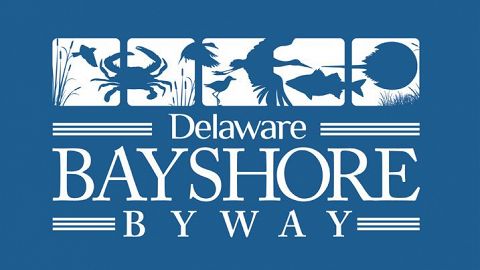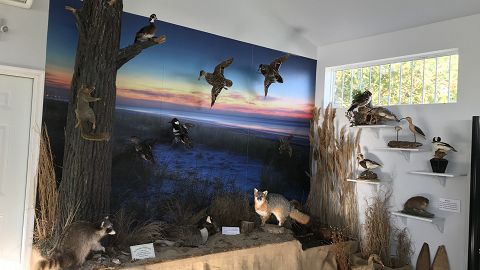Just east of Dover along the Delaware Bayshore Byway (Route 9), you’ll find Woodland Beach, Port Mahon, Pickering Beach and Kitts Hummock Beach, four off- the-beaten path quiet coastlines waiting to be explored.
Escape the large crowds and discover Delaware’s Quaint Villages’ bay beaches as you stroll along the coast to find seashells, colorful rocks and sea glass. In addition, Woodland Beach is a perfect spot to walk along the pier to drop your fishing pole into the waters of the Bay.
The most common fish you can find are stripped bass, perch, flounder, catfish, croakers and more. Next, visit Port Mahon Beach, this area is known for its winding road where you can walk or drive along the Delaware Bay or spot migratory birds.

Next, migrate to the quaint sleepy fishing village of Bowers Beach. Here, you can dip your toes into the soothing waters of the Delaware Bay, fill up on fresh Delaware bay oysters at JPs Wharf & Restaurant, catch a sunset cruise, sign up for a fishing charter excursion with Captain Lady Charters or explore artifacts displaying Bowers’ watermen and history of the Delaware Bay at Bowers Beach Maritime Museum.
Did you know? The Delaware Bay is home to the world’s largest area for spawning horseshoe crabs. Every May through June, thousands of horseshoe crabs ascend to the Delaware Bay beaches to lay eggs, as they have for 450 million years. In addition, thousands of migrating shorebirds – including the threaded red knot make way to the sands of the Delaware Bay to feast on the horseshoe crab eggs before debarking on their journey.
You can see horseshoe crabs most active during full and new moons and high tide. If you see a horseshoe crab flipped over on their shells, give them a hand and flip them back over. Despite their size and looks, horseshoe crabs are not dangerous. They use their tail to help plow through the sand and to help flip themselves back over when they accidentally tip over.
You can see horseshoe crabs during their annual spawning at any of the Delaware Bay Beaches – our favorite spots are Pickering Beach, Kitts Hummock Beach and Bowers Beach.

We recommend calling ahead or visiting each location's website for latest information, tour times, services, and hours. Please continue to follow CDC guidelines while visiting locations and outdoor areas by practicing social distancing, wearing protective face coverings, and avoiding large groups of people.



